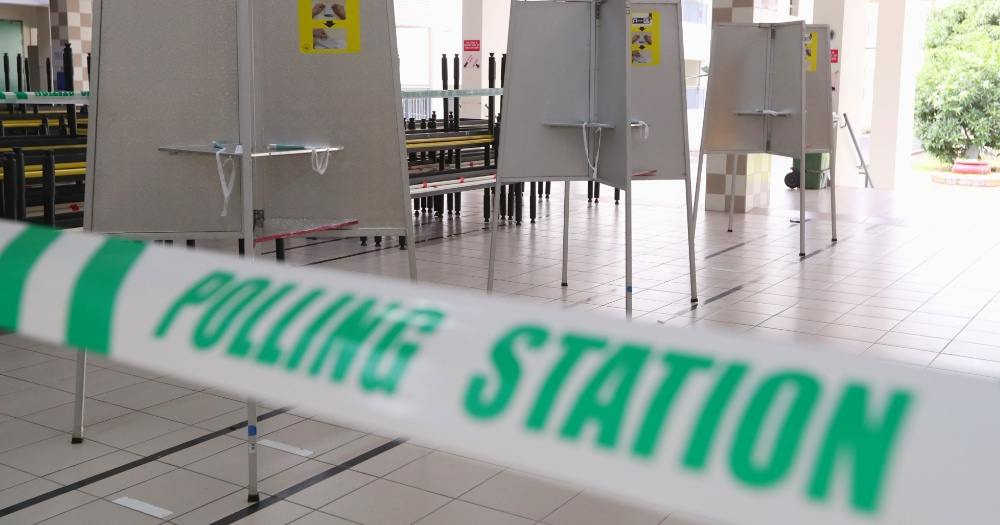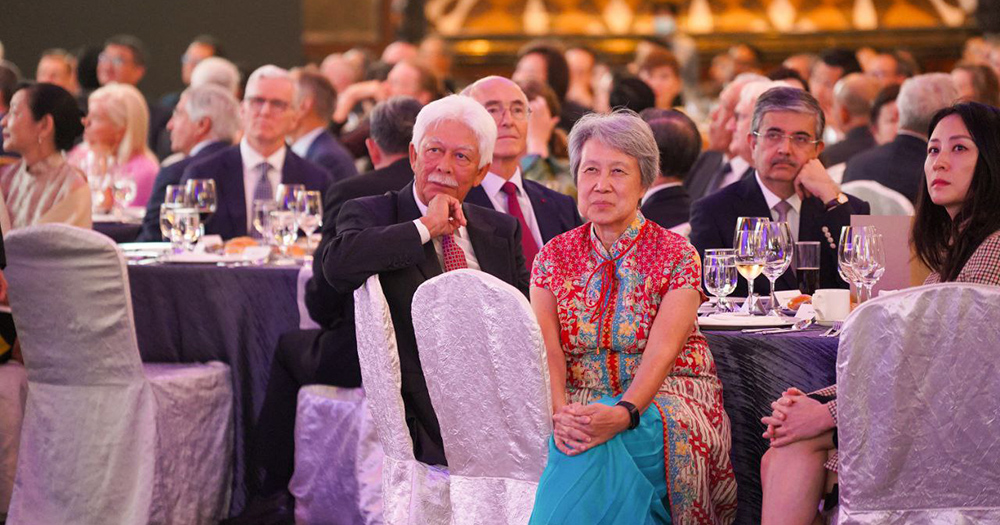
It’s the year 2050.
Singapore stands proud against the horizon with clear skies and fresh air.
The weather is as hot as it’s always been, but never hotter than it should be.
It’s a warmth that is more inviting than unbearable — one that keeps the parks alive and hawker centres abuzz with activity.
This is the future, untarnished by global warming, that awaits us.
Only if we pay attention to our carbon emissions.
As a small, low-lying city-state, Singapore is vulnerable to the effects of climate change.
We’re talking intense rainfall, dry spells, higher temperatures, and rising sea levels.
But enter the hustle and bustle of city life, and the environment often takes a backseat.
We forget that the things we use — the cars we drive, the food we eat, the electronic devices we use — come from processes that release carbon dioxide, a gas that traps heat and makes the Earth hotter.
Back to school
Singapore aims to achieve net-zero carbon emissions by 2050, to help tackle climate change.
How? There’s a lot of technicalities behind it, but the bottom line is making sure we don’t increase the overall amount of carbon in the air.
We do this by removing carbon from it and producing less carbon ourselves.
Such as companies investing in carbon reduction projects to offset their own carbon footprint.
Net-zero emissions is a concept that treats the amount of carbon dioxide in the air as a healthy amount of money in a bank account.
Therefore, every withdrawal of carbon dioxide can be matched by a deposit to ensure that the level is maintained.
Given this scenario, we can still spend money, but we must earn and deposit the same amount back into the account.
Similarly, achieving net-zero emissions means balancing the carbon we release into the atmosphere with the carbon we remove or offset to keep our environment healthy and sustainable.
Going clean
Singapore’s power sector contributes to a large part of our overall emissions.
As such, we are currently exploring the use of solar energy, which uses radiation from the sun to generate electricity.
The number of grid-connected solar installations has grown in the past years, from 3,831 in 2019 to 8,524 in 2023.
Singapore is welcoming its largest solar farm, which will begin construction at Kranji Reservoir come 2025.
We are also looking at using hydrogen to replace fossil fuels in our domestic and industrial sectors.
On an individual level, there are things we can do too.
Like taking a shower without using the water heater or air-drying our clothes.
The trade-offs
But nothing good comes without cost.
As Singapore rockets towards being one of the best urban settlements, all of us have felt keenly the burden of heavier bills.
Ever-growing demand for electricity and gas supply disruptions caused by geopolitical tensions like the Russia-Ukraine conflict, are just some of the potential causes leading to higher electricity bills.
Coupled with Singapore’s transition to more sustainable (but costly) energy sources, this means that electricity prices are expected to rise in the coming years to bring about a cleaner environment for our future.
The cost, though inevitable, is a worthy one.
Take solar energy for example.
 Singapore’s first solar farm with an integrated rainwater harvesting system. Image courtesy of Sembcorp Industries
Singapore’s first solar farm with an integrated rainwater harvesting system. Image courtesy of Sembcorp Industries
Back when the technology was less established, its cost alone was enough to raise eyebrows.
Over the years, however, the price of installing solar panels has dropped as the technology becomes more widespread.
The same may be said for the costs of similar forms of energy (you can find out about clean energy here).
While we are not there yet, Singapore is steadily working towards a net-zero future by advancing the use of clean energy sources.
This sponsored article made the writer think about the future.
Top image via Unsplash
MORE STORIES


















